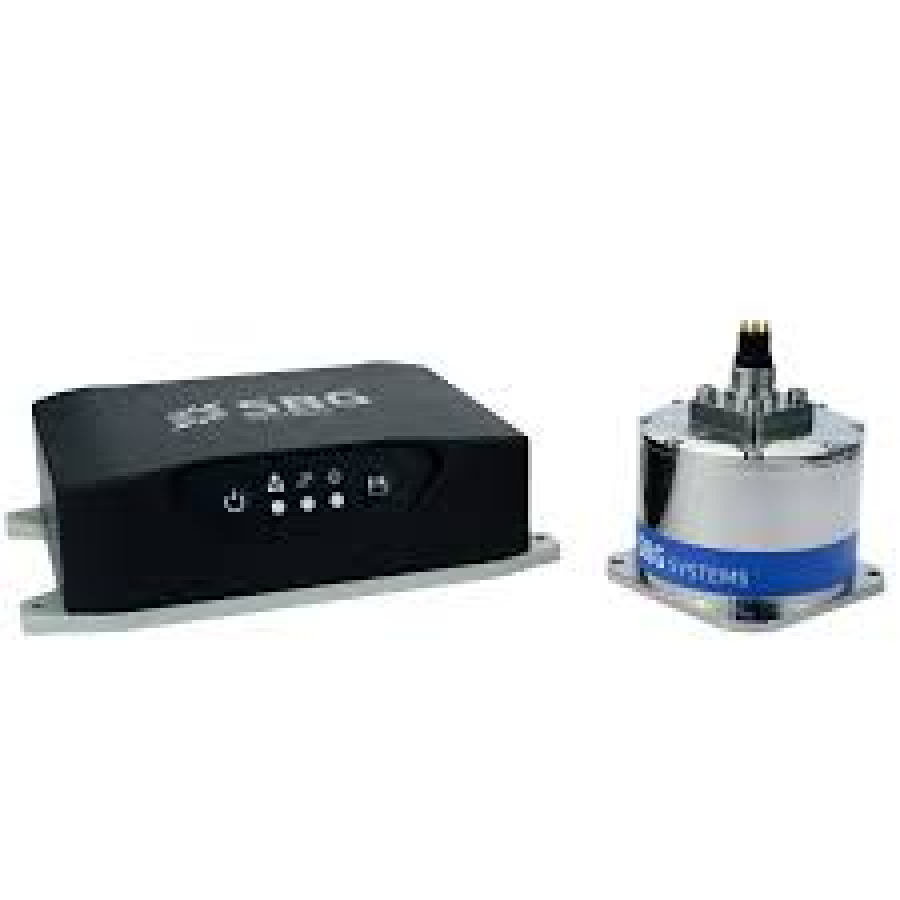How to Use Kubernetes for Scalable Web Applications
In today’s web development ecosystem, scalability is not just a nice-to-have—it's a necessity. Whether you're building a startup MVP or managing enterprise-grade platforms, your web application must handle growing user demands without downtime. Enter Kubernetes, a powerful open-source container orchestration platform that automates deployment, scaling, and management of applications.
At freelancerbridge, we help freelance developers, DevOps engineers, and tech consultants stay ahead in their careers by adopting cutting-edge technologies like Kubernetes. This guide explains how to use Kubernetes to ensure your web apps scale smoothly, remain reliable, and deliver high performance—no matter the traffic load.
📘 Long Description (~1000 Words)
🚀 What is Kubernetes?
Kubernetes, often abbreviated as K8s, is an open-source container orchestration system originally developed by Google and now maintained by the Cloud Native Computing Foundation (CNCF). It’s designed to automate the deployment, scaling, and operation of application containers across clusters of hosts.
Containers (usually Docker-based) are lightweight and portable environments used to run apps consistently across different computing environments. Kubernetes manages these containers by grouping them into logical units called Pods, which run on multiple servers to achieve scalability, resilience, and load balancing.
🧱 Why Kubernetes Matters for Freelancers and Web Developers
As a freelance web developer or DevOps consultant using freelancerbridge to connect with clients, integrating Kubernetes into your toolset can offer major advantages:
✅ Effortless scalability to handle traffic spikes.
✅ High availability and load balancing built-in.
✅ Self-healing of applications in case of failures.
✅ Automated rollouts and rollbacks for smooth updates.
✅ Consistent deployment across local, staging, and production environments.
Kubernetes is no longer just for large corporations. Today, many startups and solo developers are using managed Kubernetes services to deliver enterprise-grade solutions without the infrastructure overhead.
🧩 Core Concepts of Kubernetes You Need to Know
Before diving into usage, it's important to understand a few key components:
✅ 1. Pods
The smallest unit in Kubernetes. A pod can hold one or more containers that share resources.
✅ 2. Nodes
These are the machines (physical or virtual) on which your containers run. Kubernetes manages a cluster of nodes.
✅ 3. Clusters
A group of nodes managed by Kubernetes. Each cluster has a master node (or control plane) that oversees everything.
✅ 4. Deployments
Configurations that define how your application should be deployed, how many replicas to run, and update strategies.
✅ 5. Services
A persistent way to expose applications running in pods, allowing them to communicate internally or be accessed externally.
📈 Benefits of Using Kubernetes for Scalable Web Applications
📌 1. Automatic Scaling
Kubernetes can automatically increase or decrease the number of pods running based on CPU usage or custom metrics.
📌 2. Load Balancing
It balances traffic between pods, ensuring no single instance becomes overloaded.
📌 3. Self-Healing
If a pod fails or a node crashes, Kubernetes will automatically replace or restart it to maintain uptime.
📌 4. Environment Consistency
Freelancers working with multiple clients can maintain consistent dev/stage/prod environments using Kubernetes templates.
📌 5. Rollouts & Rollbacks
Easily update applications without downtime. If something goes wrong, Kubernetes can roll back to the previous stable version.
💡 How to Integrate Kubernetes into Your Freelance Workflow
You don't have to manage Kubernetes from scratch. Here’s how freelancers can practically use it:
🔧 Use Managed Kubernetes Services:
Google Kubernetes Engine (GKE)
Amazon EKS
Microsoft AKS
DigitalOcean Kubernetes
These platforms reduce infrastructure complexity, allowing you to focus on app development and scaling.
🌍 Containerize Your Web Application:
Before deploying to Kubernetes, ensure your web app is packaged as a container using Docker. You can run any modern stack like Node.js, Laravel, React, or Django inside containers.
🗂 Use Helm Charts:
Helm is a package manager for Kubernetes, allowing you to deploy complex applications using pre-configured templates. Ideal for freelancers working with microservices or SaaS platforms.
🔁 Set Up CI/CD Integration:
You can connect Kubernetes with CI/CD pipelines (like GitHub Actions, GitLab CI, or Jenkins) to automate testing, building, and deployment whenever you push code.
🔄 Use Cases of Kubernetes in Real Freelance Projects
Let’s look at how Kubernetes fits into real-world freelance web projects:
🧪 Example 1: E-commerce Platform
You’re building an online store for a client. Traffic spikes during promotions can crash the site. With Kubernetes:
Auto-scaling handles sudden traffic loads.
Rolling updates let you release new features without downtime.
Monitoring tools (Prometheus, Grafana) help track performance.
🧪 Example 2: SaaS Product
You're developing a SaaS CRM app for a startup. Kubernetes:
Simplifies microservices management.
Ensures high availability.
Supports staging/production environments via namespaces.
🧪 Example 3: Agency Collaboration
Working with a remote team? Kubernetes allows multiple services (frontend, backend, database) to be managed, scaled, and updated independently without interfering with each other.
🎯 Best Practices for Kubernetes as a Freelancer
Here are essential tips for freelancers working with Kubernetes:
✅ Start small with local Kubernetes tools like Minikube or Kind.
✅ Use namespaces to separate environments and teams.
✅ Set up resource limits to avoid cost overruns.
✅ Automate monitoring and alerts with tools like Prometheus.
✅ Document deployments for clients or team members.
🧠 Final Thoughts from FreelancerBridge
Kubernetes isn’t just for big tech companies. As a freelance developer or consultant using freelancerbridge, adopting Kubernetes can elevate your technical portfolio, allow you to take on larger projects, and provide modern, scalable solutions to your clients.
While it has a learning curve, the long-term benefits—scalability, reliability, and automation—far outweigh the initial setup. Start small, learn the essentials, and gradually incorporate Kubernetes into your freelance workflow. Your clients—and your future self—will thank you.


 by Emily
by Emily




